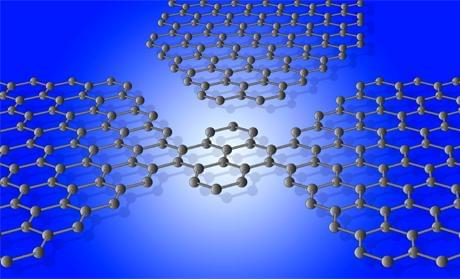Move over, Cortana. Copilot is the new assistant in Windows town.
Microsoft is adding a Copilot AI assistant to Windows 11. Much like the Copilot sidebars we’ve seen in Edge, Office apps, and even GitHub, Windows Copilot will be integrated directly into Windows 11 and available to open and use from the taskbar across all apps and programs.
“Once open, the Windows Copilot side bar stays consistent across your apps, programs, and windows, always available to act as your personal assistant,” explains Panos Panay, Microsoft’s head of Windows and devices. “It makes every user a power user, helping you take action, customize your settings, and seamlessly connect across your favorite apps.
Windows Copilot takes over Cortana’s place on the taskbar.









